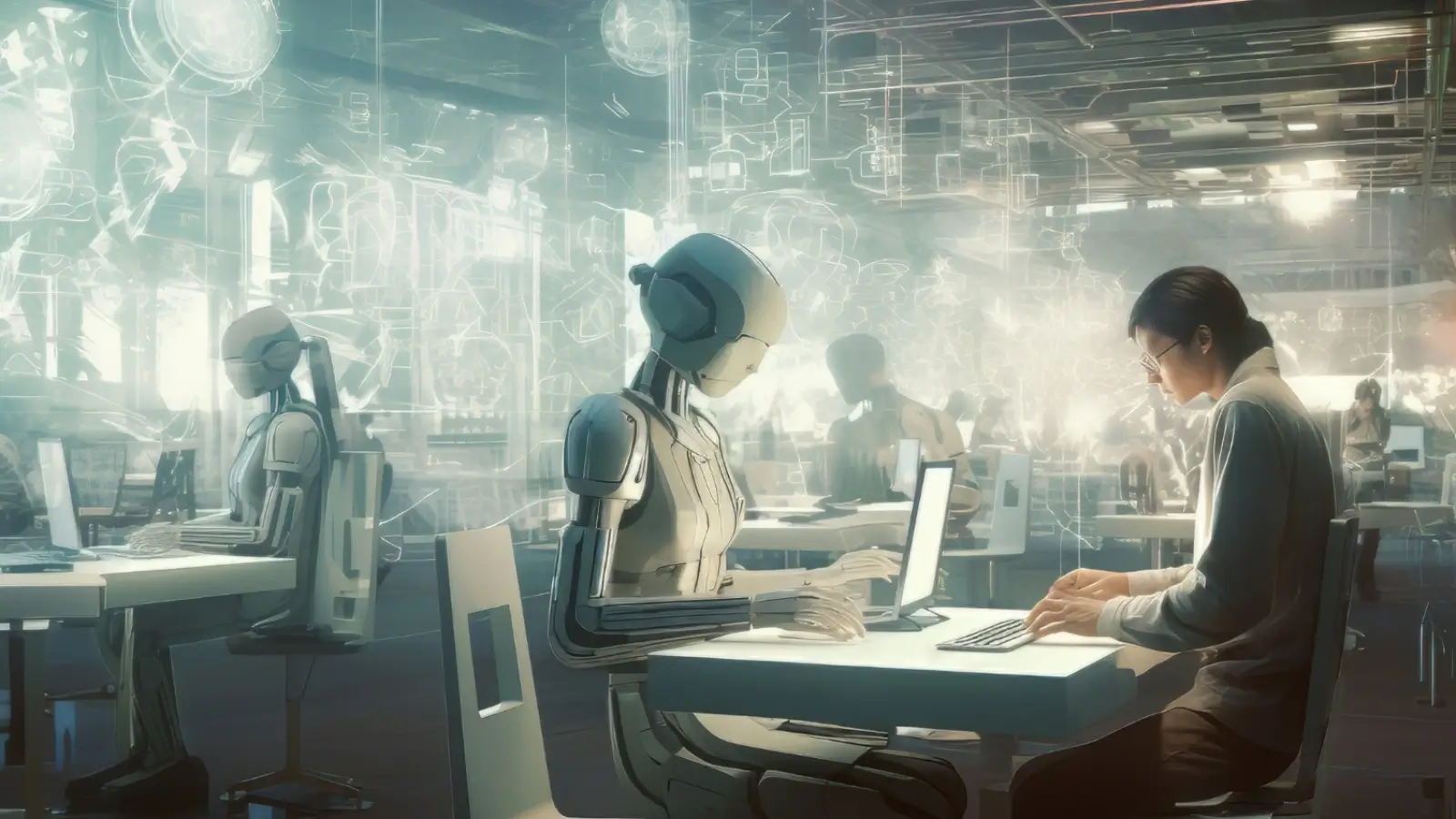


The workplace landscape is experiencing a fundamental transformation as artificial intelligence becomes increasingly integrated into daily operations. Rather than replacing human workers, AI is emerging as a powerful collaborative partner that amplifies human capabilities, streamlines processes, and creates new opportunities for innovation and growth across industries.
Traditional fears about AI displacement are giving way to recognition of collaborative potential that combines human creativity, emotional intelligence, and strategic thinking with AI's computational power, pattern recognition, and data processing capabilities. This partnership model leverages the unique strengths of both humans and machines to achieve outcomes neither could accomplish independently.
Organizations are discovering that understanding how AI and humans are working together is crucial for developing effective integration strategies that maximize productivity while maintaining the human elements that drive innovation and customer satisfaction.
Modern collaborative frameworks position AI as an intelligent assistant that handles routine tasks, analyzes complex data sets, and provides insights that inform human decision-making processes, allowing workers to focus on higher-value activities requiring creativity, empathy, and strategic planning.
AI systems excel at processing vast amounts of data and identifying patterns that might escape human attention. When combined with human judgment, contextual understanding, and ethical considerations, this creates more informed and balanced decision-making processes that consider both quantitative insights and qualitative factors.
Collaborative AI implementation focuses on automating repetitive tasks while preserving human oversight and creative input. This approach reduces manual workload without eliminating the human touch that customers value in service interactions and complex problem-solving scenarios.
AI-powered systems can analyze individual performance patterns and learning preferences to create customized development programs that help employees enhance their skills and adapt to changing role requirements, creating more engaging and effective professional growth opportunities.
The combination of AI's ability to quickly access information and human emotional intelligence creates superior customer service experiences. AI can provide instant access to relevant data while humans handle complex emotional situations and build meaningful relationships.
Successful AI implementation requires thoughtful planning that introduces technology gradually while providing adequate training and support for employees adapting to new collaborative workflows and tools.
Organizations must foster environments where both humans and AI systems continuously learn from each other. This includes regular feedback loops, performance monitoring, and adjustment of collaborative processes based on real-world outcomes.
Establishing clear guidelines for AI use ensures that collaborative systems operate within ethical boundaries while maintaining transparency, accountability, and respect for human autonomy in decision-making processes.
Current trends suggest AI will augment rather than replace human workers, creating new collaborative roles that combine human creativity and emotional intelligence with AI efficiency and analytical capabilities.
Key skills include critical thinking, emotional intelligence, creativity, adaptability, and basic understanding of AI capabilities and limitations to maximize collaborative potential.
Success requires comprehensive training programs, clear communication about AI's role, gradual implementation phases, and ongoing support for employees adapting to new collaborative workflows.
Healthcare, finance, education, customer service, and creative industries show particular promise for collaborative models that combine human expertise with AI analytical capabilities.
The future of work lies not in human versus AI competition, but in collaborative partnerships that harness the unique strengths of both. Organizations that embrace this collaborative approach will create more efficient, innovative, and satisfying work environments while maintaining the human elements essential for meaningful customer relationships and creative problem-solving.